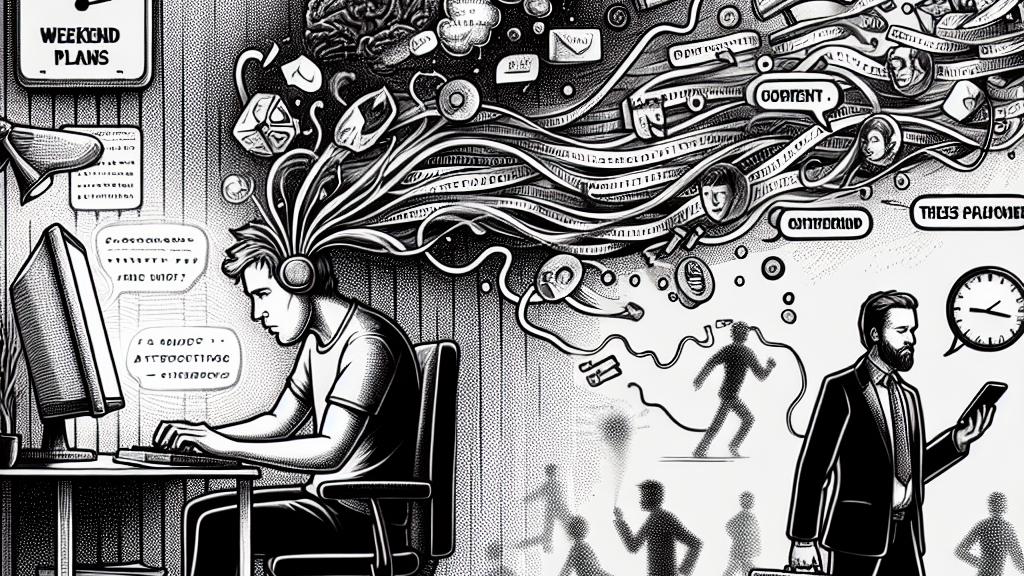Understanding Attention Residue and How It Affects Your Work
Overview
- Attention residue significantly hampers productivity during task interruptions.
- Frequent distractions lead to a noticeable decline in focus and efficiency.
- Implementing strategic techniques to reduce interruptions can lead to significant improvement in overall work performance.

What is Attention Residue?
Attention residue is a captivating yet troublesome concept that underpins the essence of our focus during work. Imagine you’re fully engaged in a challenging coding project, ideas flowing seamlessly, when unexpectedly, a coworker approaches to ask about your weekend plans. That seemingly innocuous interaction instantly pulls your attention away and leaves your mind lingering on your previous task, unable to fully redirect to the new conversation. Studies reveal that it can take anywhere from 15 to 30 minutes to regain peak productivity after a disruption. In ultra-busy workplaces, such as leading tech companies in Japan, this phenomenon illustrates the broader implications for productivity across entire teams and organizations.
Impact on Productivity
The effects of attention residue on productivity are profound and often alarming. Let's take the example of a graphic designer who, immersed in creating eye-catching visuals, suddenly receives an urgent message via email. This interruption not only halts their creative momentum but also causes frustration as they struggle to switch back into their 'creative zone.' Remarkably, surveys indicate that about 70% of professionals experience diminished productivity due to constant multitasking, which ultimately creates an exhausting cycle. The reality is, individuals often find themselves working longer hours without achieving satisfying results, leading to increased stress and a feeling of unfulfillment.
How to Reduce Attention Residue
Effectively combating attention residue demands intentional strategies designed to streamlining focus and minimizing interruptions. For starters, consider dedicating specific 'focus blocks' in your daily schedule where distractions are entirely off-limits. Communicate these boundaries clearly to coworkers—using visual cues, such as a 'do not disturb' sign, can enhance respect for your time. Moreover, grouping similar tasks can harness your efficiency; for instance, tackle all your emails at a set time instead of sporadically throughout the day, which fragments your concentration. Finally, after experiencing an interruption, give yourself a minute to breathe and gather your thoughts; it's akin to pressing a mental reset button. By embedding these techniques into your routine, you can transform your workflow from chaotic to streamlined, significantly mitigating the adverse effects of attention residue.

Loading...